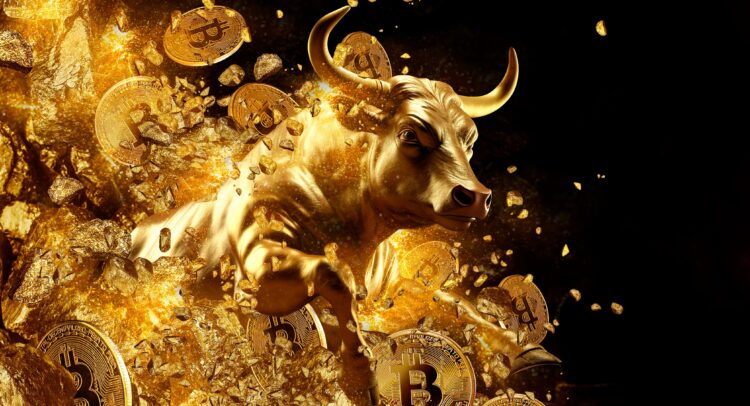Bitcoin’s (BTC) price rally has been stalled due to the impending reduction in newly mined bitcoins entering the system, known as the “halving event,” and concerns related to the Federal Reserve. Despite a remarkable surge from $50k to over $70k in late February and early March, reaching a peak of $73,835 on March 13th, the cryptocurrency has since struggled to regain momentum. Investor concerns about the Federal Reserve’s cautious approach to lowering interest rates and the halving event have contributed to the uncertainty surrounding Bitcoin’s price, preventing it from surpassing the $70k mark again.
The two situations have caused the crypto’s malaise since mid-March.
The Halving Event Impact on Bitcoin’s Price
The bitcoin halving has a more direct impact on bitcoin miners than investors, though the change is expected to affect bitcoin’s price. This event is unique to the cryptocurrency, occurring after every 210,000 blocks of bitcoin mining, when the reward for successful mining is halved. The last halving occurred four years ago, and miners are now approaching the 210,000 block milestone again. The next halving is expected to take place by May 2024.
This halving event has had a significant impact on the supply dynamics of bitcoin. Historically, bitcoin halvings have been associated with significant price movements, both before and after the event. However, it’s unclear if the rally in early March was driven by anticipation of the halving. Even if it were, any potential halving rally would already be reflected in the price, but it doesn’t appear to have been significant enough.
In the past, there have been phenomenal price increases following bitcoin halvings. For example, after the first halving in 2012, the price of Bitcoin rose from $11 to over $1,000 within a year. The second halving in 2016 saw the price rise from around $600 to nearly $20,000 by the end of 2017. The third halving in 2020 saw the price rise from around $8,500 to over $60,000 by early 2021.
Past performance is not always an indicator of future moves, but history can be used to argue that bitcoin prices could run up much more after the 2024 bitcoin halving.
Bitcoin’s Reaction to Higher Interest Rates
The shift in market expectations regarding the Federal Reserve potentially maintaining higher interest rates for an extended period could exert downward pressure on asset prices, including bitcoin. Historically, bitcoin has shown a modest correlation with equity markets, with both reacting negatively to rate hikes. Higher interest rates generally lead to a stronger U.S. dollar, making riskier assets, like bitcoin, less attractive to investors. Why is it so?
This is because higher interest rates make investments like bonds more appealing, due to their higher rates of return and lower risk. Consequently, the increased demand for safer investments reduces the demand for riskier assets like bitcoin, thereby exerting downward pressure on their prices.
Like other markets, numerous factors can influence Bitcoin’s price. For example, if the Fed’s decision to prolong higher interest rates is perceived as a sign of economic strength, it might bolster investor confidence and stimulate greater demand for bitcoin. This demand could stem from investors viewing bitcoin as a store of value, a hedge against inflation, or even just a pure speculative holding.

Bitcoin has had difficulty holding a price above $70,000 following a massive rally in March. Investors are waiting for a sign that halving will positively affect bitcoin owners and that the enduring high interest rates will have minimal impact.
When Will Bitcoin Move Higher?
Bitcoin traders are eagerly waiting for a sign to reignite their enthusiasm and drive prices even higher. Regarding Bitcoin’s price movement stagnating after a sharp rally, bullish traders anticipate an upward price shift as the mining block reward decreases. Conversely, cautiously bearish traders are concerned about the rising trend in bond market rates and the Fed’s recent hints of slowing rate cuts. These concerns lead bears to believe that Bitcoin’s price may take some time to move higher.
However, as time progresses, the clouds of uncertainty will lift, particularly after the halving event. While the Fed’s stance on rates remains uncertain, impatient traders may pave the way for a continuation of the upward trend seen since February.
















